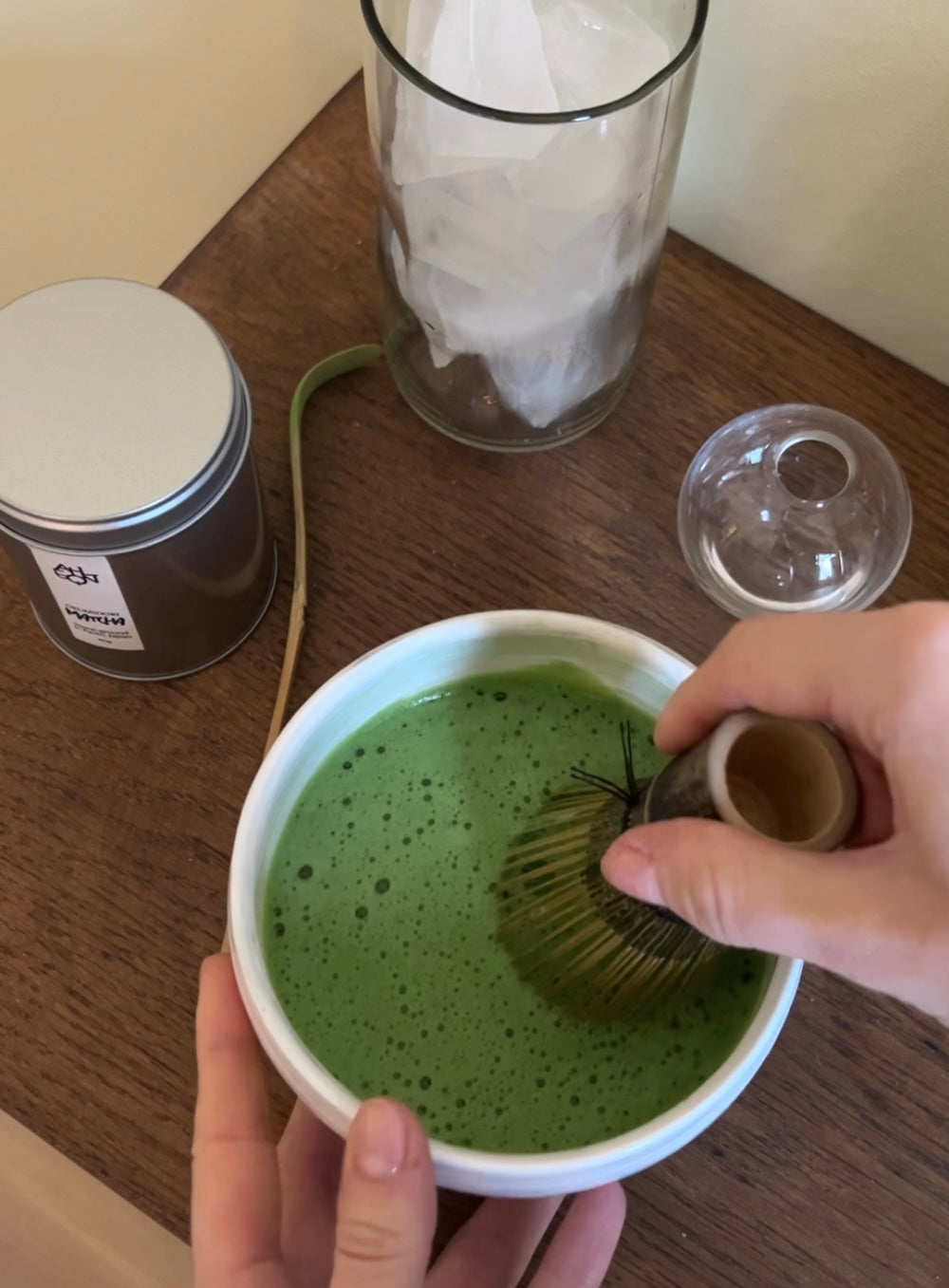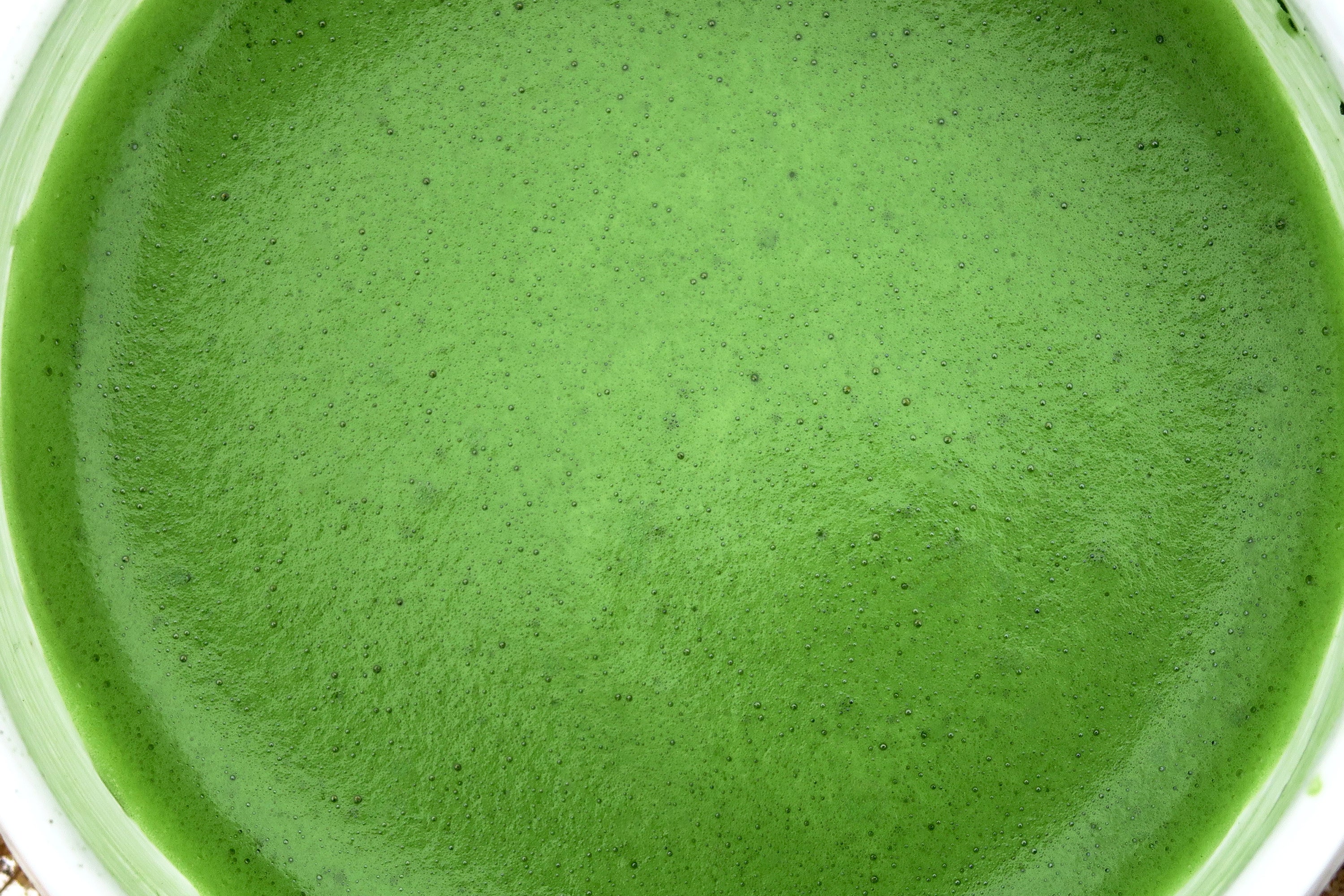
The Art of Usucha and Koicha
Matcha is more than just a finely ground green tea powder—it is a bridge between history and modernity, a ritual steeped in centuries of tradition that continues to evolve. When we speak of matcha, we often think of its vibrant green hue, smooth umami taste, and the calming yet energizing effects it provides. But within the world of matcha, there are two distinct ways to prepare it: usucha and koicha. Understanding their differences offers deeper insight into the tea’s rich cultural heritage and how it continues to shape tea drinking today.
The Tradition Behind Matcha
The story of matcha is woven into the cultural fabric of Japan, dating back to the 12th century when Zen Buddhist monks brought powdered tea from China. It was through the Japanese tea ceremony, or chanoyu, that matcha became an essential part of Japanese culture. Rooted in principles of harmony, respect, purity, and tranquility, the tea ceremony is more than a method of preparation—it is a meditative practice that emphasizes presence and appreciation. Over time, two primary ways of preparing matcha emerged: usucha (thin tea) and koicha (thick tea), each with its own purpose and significance.
Usucha: Light and Airy
Usucha is the more commonly consumed form of matcha today. The name itself means “thin tea,” referring to the tea’s consistency. It is made using about 1.5–2 grams of matcha (roughly a teaspoon) whisked with 70–90 ml of hot water (around 80°C). The result is a frothy, lighter-bodied matcha with a balanced umami flavor.
Usucha is often used in casual tea settings and is the preferred preparation in modern matcha culture. It is an excellent introduction for those new to matcha, as it highlights the tea’s delicate flavors without being too intense. The smooth, slightly sweet profile makes it enjoyable both as a mindful ritual and as part of an everyday routine.
Koicha: Rich and Intense
Koicha, or “thick tea,” is a far more concentrated form of matcha, traditionally served during chanoyu in a formal setting. It requires twice the amount of matcha (around 4 grams) and half the water, resulting in a dense, syrup-like consistency. Unlike usucha, which is whisked vigorously to create froth, koicha is gently kneaded with a chasen (bamboo whisk) until smooth.
Because koicha is made with such a high concentration of tea, only the finest, highest-quality matcha—often from shade-grown first-harvest tea leaves—is used. The taste is profoundly umami-rich, with minimal bitterness, offering a more ceremonial and meditative experience. It is meant to be sipped slowly, allowing the deep, layered flavors to unfold.
Matcha in the Modern World
While the traditional preparation of usucha and koicha remains deeply rooted in Japanese culture, matcha has expanded beyond the tea room. Today, matcha is enjoyed worldwide in lattes, smoothies, desserts, and even culinary dishes. The rise of specialty matcha brands has made high-quality matcha more accessible, allowing people to experience a small part of the tea ceremony in their daily lives.
Yet, as matcha becomes a staple in contemporary wellness culture, there is a growing appreciation for its traditional preparation. Many people are rediscovering the beauty of making matcha with care, taking a moment to whisk their tea mindfully rather than rushing through their day. Whether enjoyed as a frothy usucha in the morning or a meditative koicha in the evening, matcha remains a symbol of balance, connection, and appreciation for the present moment.
Finding Your Matcha Ritual
There is no single “right” way to enjoy matcha—only the way that best fits your lifestyle and taste. Whether you prefer the lighter, refreshing nature of usucha or the deep, rich essence of koicha, each cup of matcha offers a chance to pause, reflect, and savor. The beauty of matcha lies in its versatility—its ability to honor tradition while adapting to modern needs.
So the next time you prepare your matcha, take a moment to appreciate the process, the history, and the craftsmanship behind it. In doing so, you’ll not only enjoy a cup of tea but also engage in a ritual that has been cherished for centuries.














